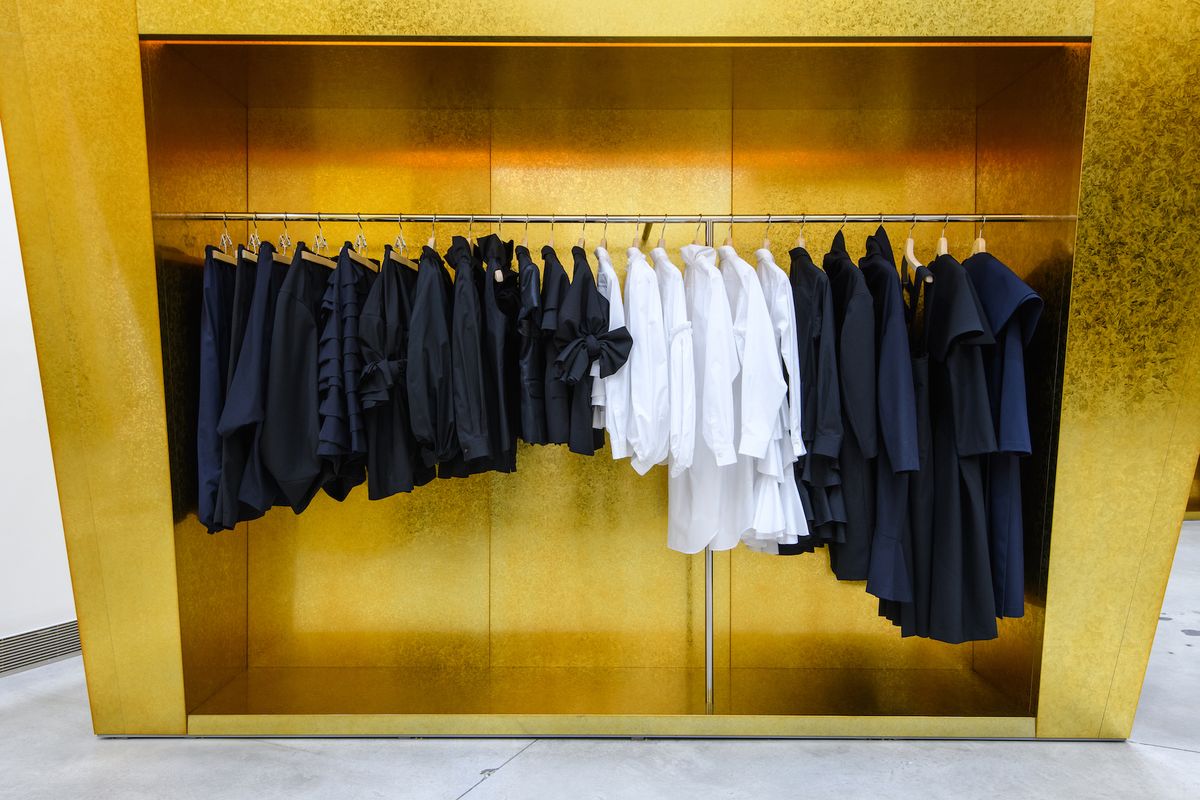A Deep Dive Into the World of High-Fashion Runways: Understanding Garments as Art
Designers, much like skillful musicians, weave elaborate narratives via shade, kind, and material, testing traditional norms and redefining appeal standards. As we discover these sartorial spectacles, we must contemplate: what duty does fashion play in shaping social values, and exactly how does it mirror the ever-changing tapestry of human feeling and identification?
The Development of Runway Reveals
The trajectory of runway shows has actually transformed considerably over the decades, advancing from exclusive industry occasions to fascinating eyeglasses that blend fashion with art. Generally, path programs were intimate affairs, kept in ateliers or little venues, mostly participated in by purchasers and industry experts. These very early discussions concentrated on the garments' workmanship and industrial feasibility, offering a straight and sensible display of seasonal collections.
As the fashion sector broadened, the nature of runway shows started to transform. The 1970s and 1980s noted a turning factor, with developers looking for to identify themselves through even more staged presentations. This age saw the rise of intricate sets, choreographed models, and thematic narratives, heralding a new age where the path ended up being an experiential system. The programs changed right into a form of storytelling, where each collection communicated a distinctive story or principle.
Recently, modern technology and social networks have actually better transformed path programs, making them accessible to a global target market. Livestreaming and digital systems have actually democratized fashion, enabling lovers worldwide to witness these events in real-time (boutique fashion). This development reflects a broader social change, where high-fashion paths work as a vibrant junction of performance, style, and development
Designers as Dreamer Artists
Designers in the high-fashion sector have obscured the lines in between functional garment development and the theoretical realm of art. By accepting imaginative self-controls such as sculpture, painting, and avant-garde installments, designers craft garments that test standard fashion standards and elevate them to art types.
Visionary designers draw motivation from a myriad of resources, including abstract art, historic referrals, and individual narratives. They have a distinct ability to envision and emerge concepts that push the borders of standard style, usually redefining aesthetic standards at the same time. This innovative resourcefulness is showcased through remarkable silhouettes, ingenious materials, and detailed craftsmanship, which welcome customers to experience style as more than simply wearable things.
Moreover, the path works as a canvas for these artists, where illumination, songs, and set design coalesce to create immersive experiences. These presentations are not just displays of garments yet are orchestrated performances that evoke feeling and prompt idea, attesting the developer's role as a true artist in the contemporary social landscape.
Cultural Influences in Fashion
Cultural tapestry weaves go to this website its complex patterns into the textile of fashion, affecting developers globally. The vibrant interchange of cultural stories, practices, and signs notifies and motivates collections that poise high-fashion runways. Designers diligently draw from their heritage or engage with societies unique from their very own, crafting garments that offer as visual stories. This cultural discussion not just enhances the visual diversity yet additionally cultivates a much deeper understanding and gratitude of worldwide identities.
The influence of society on style is often seen in the reinterpretation of typical garments and patterns. The use of Japanese kimonos, Indian saris, or African prints in modern fashion mirrors a blend of social authenticity and modern-day aesthetic appeals. Designers such as Valentino's Pierpaolo Piccioli and Alexander McQueen's Sarah Burton have actually been recognized to incorporate abundant social concepts right into their couture collections, equating background right into wearable art.

Development in Textile and Layout
Advancement in textile and layout regularly reshapes the landscape of high-fashion, pressing borders and redefining possibilities. Developers are progressively exploring the combination of modern technology, such as 3D printing, which enables for the creation of intricate structures that were previously unbelievable.
The style industry is witnessing a surge in the usage of environment-friendly visit this website materials, obtained from recycled plastics, natural fibers, and even eco-friendly elements. Developers are embracing these products to craft garments that are both aesthetically striking and mindful of their ecological impact.
In regards to layout, experimental kinds and avant-garde shapes are constantly reinventing the runway. By integrating unconventional products and sophisticated techniques, developers grow garments that obscure the line between fashion and art, setting new criteria for creative thinking and expression in the high-fashion round.
Impact of Style on Culture
Fashion possesses an extensive impact on society, offering as both a reflection of cultural identification and a driver for social change (boutique fashion). With its evolution, fashion has mirrored social shifts, enveloping the zeitgeist of various eras.
Furthermore, style has the power to bridge cultural gaps, fostering understanding and admiration among varied groups. As globalisation accelerates, the cross-cultural exchange of style ideas comes to be significantly substantial, advertising inclusivity and diversity. The surge of streetwear, originating from urban subcultures, shows how fashion can go beyond socio-economic borders, granting people a means of self-expression and empowerment.
In essence, style is not simply regarding looks; it is a dynamic pressure that influences worths, attitudes, and social progress (boutique fashion). By constantly connecting with social and social currents, style stays an indispensable component of the cumulative human experience

Conclusion
High-fashion paths offer as vibrant arenas where garments transcends performance to end up being a meaningful art kind. Developers, akin to visionary musicians, orchestrate collections that reflect identity, feeling, and social stories, testing traditional visual appeals. The blend of cutting-edge textile and layout, coupled with intricate collection layouts, lights, and songs, creates immersive experiences that commemorate social variety. This crossway of fashion and creativity not just mesmerizes audiences around the world yet likewise influences social assumptions and advertises a deeper appreciation for multiculturalism.

Cultural tapestry weaves try these out its elaborate patterns right into the fabric of style, affecting developers internationally.Style wields an extensive impact on culture, serving as both a representation of social identity and a stimulant for social modification.